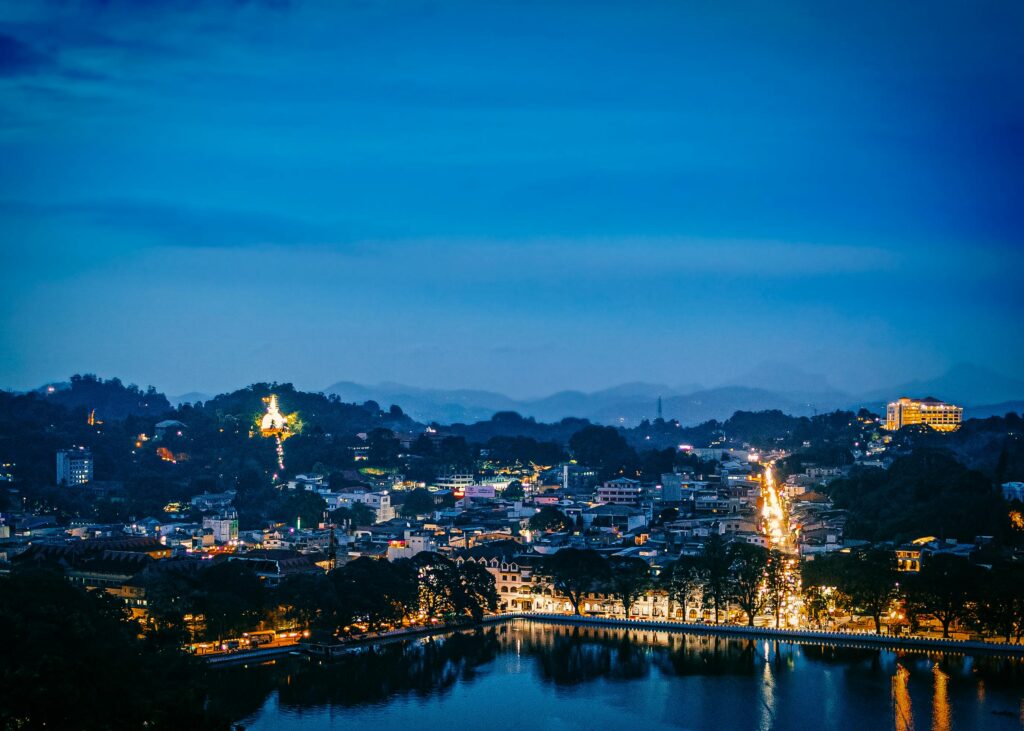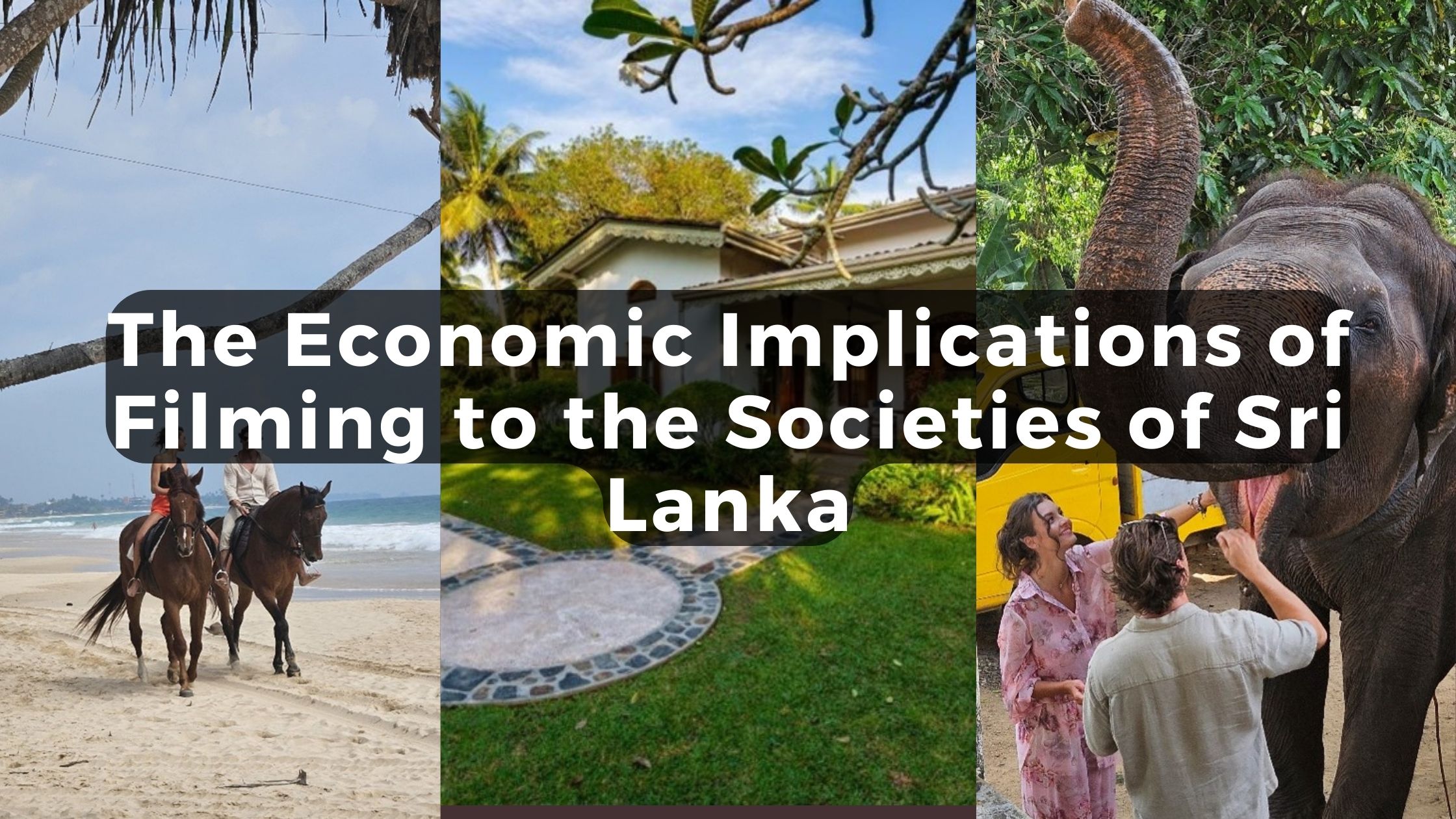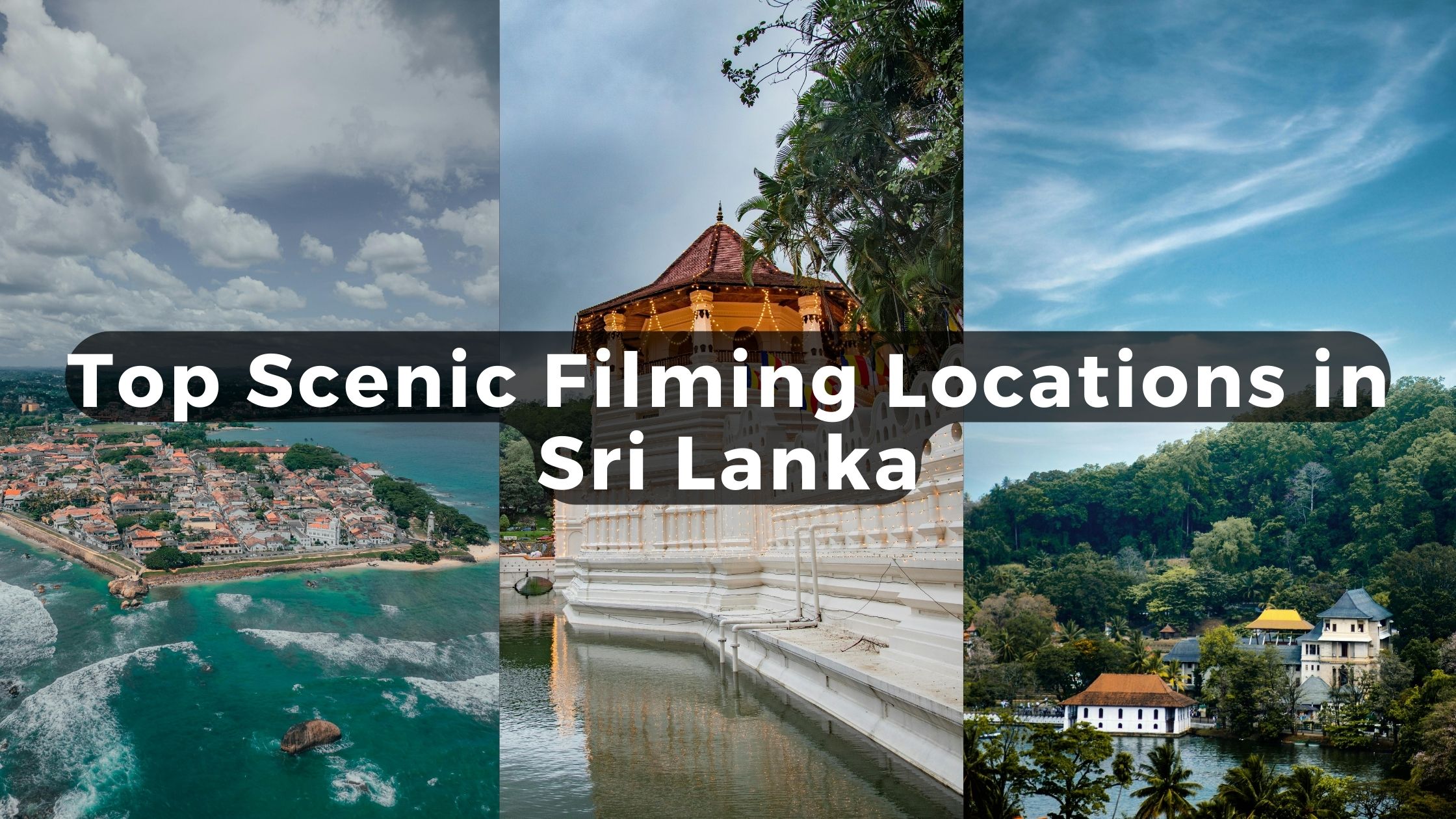The film industry has always been considered as one of the main sources of ensuring economic growth. It has been successfully convincing people in creating additional revenues along with the introduction of new technologies and job offers. In Sri Lanka the contribution this filming industry has provided to improve the lives of the people. And it has started gaining importance in the economic directions taken. For years various very interesting natural and historical places. On the island remain a major interest for both foreign and local makers. This increase in film productions has highly benefited different fields encompassing standard sectors. Such as touring in Sri Lankan regions to employment opportunities in the region.
The primary impacts of tourism still center on the increased public exposure of properties and sites.
Sri Lanka boasts ancient and beautifully diverse places that filmmakers have chosen as the background for both national and foreign films. Thus, the corresponding communities have become more visible, provided they are located in one of these places. The filming has focused on beautiful areas like beaches, mountains, and archaeological sites that many believe have attracted the attention of the international community through actions that have promoted tourism.
Cinematographers and directors have taken their scenes at many attractions like Galle Fort, Sigiriya and the beautiful tea country of Nuwara Eliya therefore generating great interest among international tourists.
They said such places have received the influx of visitors since people got a glimpse of them in feature films. Hence more income was generated in the region. Consequently, local small scale enterprises including hotels, restaurants and transport providers. That have experienced increased demand satisfying local employment and income requirements. The domino effect that has occurred because filming locations became popular tourist destinations has been greatly influential, imparting long term economic stake on these locations.



Employment Opportunities
The filming industry has one of the most direct impacts on job creation as a result of employing members of the society. In film production, filmmakers create many employment opportunities in both direct and indirect categories. Often, they cast local residents as supporting actors, crew members, and service providers whenever shoots take place in their region. Set designers, carpenters, technicians, and costume makers find employment, most of whom come from the local community for a temporary period, but the wages can be quite good. Local economies develop as income flows into families and makes.
Furthermore, operators who buy food for their crews, purchase equipment, and hire vehicles to transport crews have benefited. The use of various facilities in creating a movie boosts other markets within production boosting. The film industry and at the same time the community economy. So far, the filming industry positioned in Sri Lanka opens new job possibilities for local human resources . Has been increasingly demand for experienced professionals including cinematographers, lighting gaffers, experienced sound engineers etc.



Infrastructure Development
The filming industry in Sri Lanka has prioritized investment in physical productions. When production teams choose to shoot in rural or less developed regions, they will feel the need for improvements in transportation networks, communication networks, and energy supply. It seems that these improvements are necessary to provide conditions for transportation, lodging, and support for big shooting crews.
For this reason, civil societies have received positive impacts from upgraded infrastructure even though the film crews have left long time ago The improved roads help the communities as do the upgraded water supply systems and electricity structures all of which which help in the growth of the communities. Human well-being has risen since improved infrastructure has beneficial potential impacts. On the ability of organizations and the ease of travel to innovative parts of a region.



skills experience and cultural endowment.
Also, the filming industry has brought cultural exchange because people living in the areas have interaction with other countries and their policies. The filming crews from other countries hire the locals and this way they can exchange skills which they possess. While this interaction has positively impacted the local human resource, Sri Lankans have also benefited indirectly from. The international industry bringing in better practices in most aspects of filmmaking from cinematography to production and visual effects.
Skills development within local communities have therefore created a lasting effect with regard to the economy. Persons who have a privilege of working with international film crews can have an added advantage of having something new. To add on to their employers or contract makers in the future. This transfer of knowledge benefits the total talent within Sri Lanka’s sphere of film. Thus making Sri lanka location more suitable for coming productions in the near future.
The Multiplier Effect
The ripple effects of motion picture production to the chosen Sri Lankan communities have been massive. All money that has been spent in filming process including hiring local talents, implementing services from local service providers. Or hiring premises has alreadyRealized its circulation within the economy something that impacts the economy. An up surging number of foreign production houses shooting films and television programs have created a demand for upper scale accommodation and transport facilities and catering services have boosted the local hotel industry.
One must also recognize the secondary effects of increased tourism importance. Which cannot be underestimated. Fans have driven additional earnings in consumables like mementos, travel guides, and other exciting services such as extreme activities. Thereby initiating local Web 2.0 micro-enterprises. This cycle of economic returns has also continued to ensure the uplifting of the entire communities with a consequent means of income.
Challenges and Sustainability
Certainly, beneficial pairwise economic effects are associated with the filming industry in Sri Lankan communities. Hazards that may arise from film productions include ecological deterioration and cultural marred If not well controlled. This means that we must promote sustainable production practices to reduce harm to the landscape and culture. Campaigning to the filmmakers and local officials for environmentally conscious filming will make sure that people and administrations benefit from movie production without having any negative impact on the environment or native people’s history.
Conclusion
The filming industry too has acted as beneficial to the Sri Lankan communities. It has improved tourisms, employment, infrastructure, and identified a cultural interchange. However, such benefits should be controlled to ascertain that the services delivery is sustainable in the long run. If the film industry continues to invest and practice responsibly . The industry has the ability to keep on building the economy of the Sri Lanka. While at the same time preserving the cultural and natural heritage of the country for the future generations .
Our Related Articles:
A Cinematic Paradise Exploring the Top Beach Locations for Filming in Asia (circle360lk.com)
Lights, Camera, Action! Discover the Magic of Filming in Sri Lanka (circle360lk.com)
How to Get the Best Film Service in Sri Lanka? (circle360lk.com)





